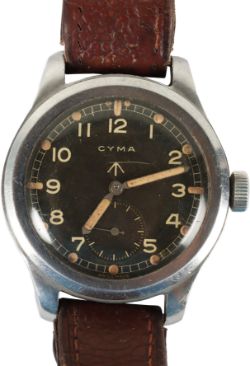Please register now so you are approved to bid when auction starts.

Timed
Venue address
Unit 4 High House Business Park
Kenardington, Kent
TN26 2LF
United Kingdom
Timed Coins, Watches & Jewellery
Wide Selection of Coin from GB and World
Auction dates
Starts:
30 Oct 2024 17:00 GMT
Ends from:
13 Nov 2024 18:00 GMT
Viewing dates
By appointment only
|
Auction currency
|
GBP |
|
Buyer's premium
|
22 % |
|
Accepted cards
|
|
|
Other payment methods
|
There are 171 lots within this auction
Estimate
Primary Category
Category
Brand
Item Type
Sale Section
Sorted by
Lot number
Please review and confirm your bid
Confirming your bid is a legally binding obligation to purchase and pay for the lot should your bid be successful.
Please review and confirm your bid
Current bid:
Opening bid:
Your max bid:
Max bid:
Buy it now price:
As your Max bid is at least equal to the Buy it now price, you can immediately purchase the lot.
New bid:
Quantity:
Bidding ends:
Confirming your bid is a legally binding obligation to purchase and pay for the lot should your bid be successful.






































































